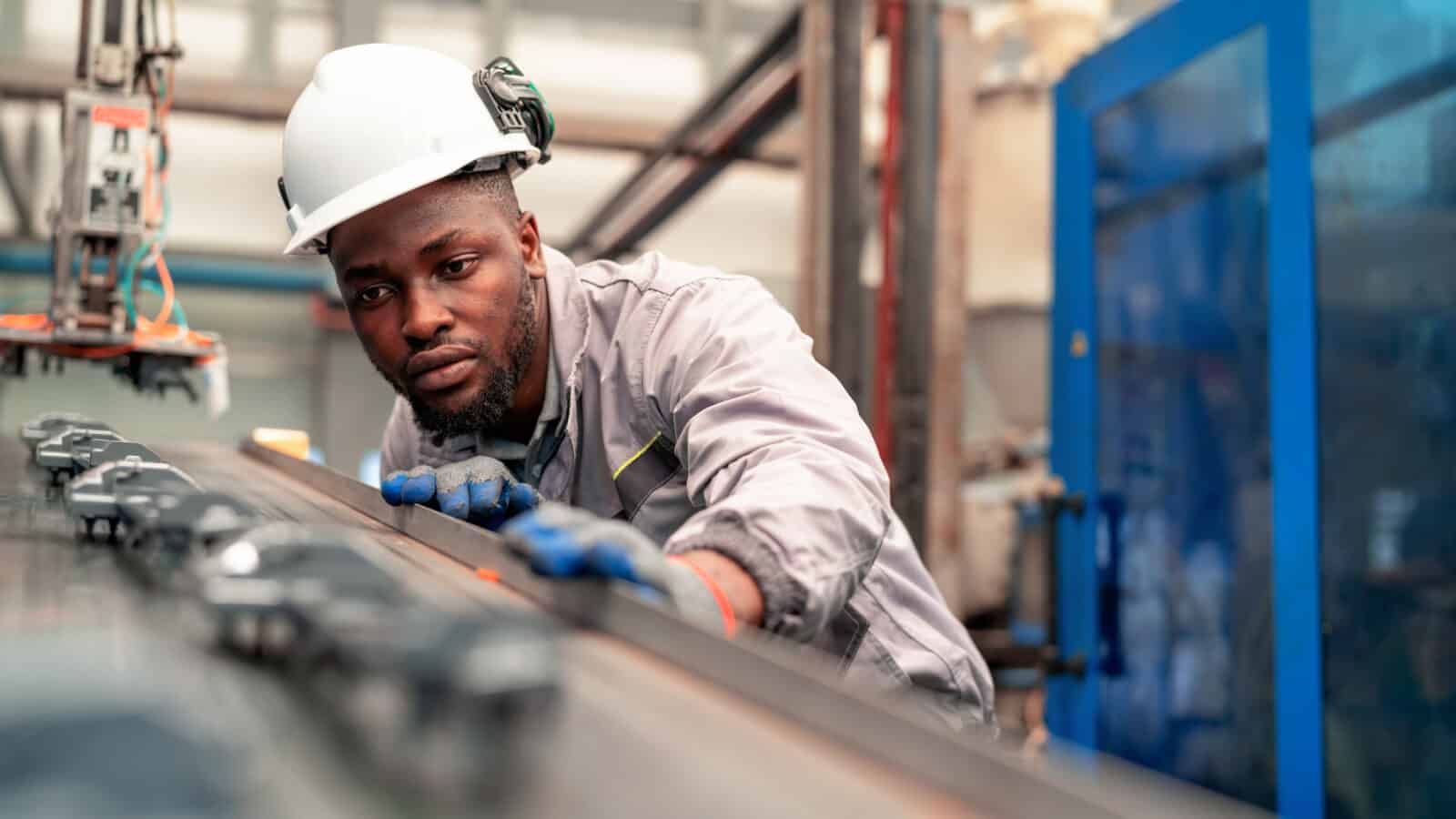Tech Firms Are Building Their Own Power Plants

Technology companies need so much energy, they’ve begun building their own power generation capacity (The Wall Street Journal, subscription).
What’s going on: “With the push for AI dominance at warp speed, the ‘Bring Your Own Power’ boom is a quick fix for the gridlock of trying to get on the grid. It’s driving an energy Wild West that is reshaping American power.”
- In Texas, tech giants OpenAI and Oracle are constructing the $500 billion Stargate natural gas-fired plant, and in Tennessee, gas turbines are being used at the large data centers being built by Elon Musk’s xAI.
Why it’s happening: “Most tech titans would be happy to trade their DIY sourcing for the ability to plug into the electric grid. But supply-chain snarls and permitting challenges are complicating everything, and the U.S. isn’t building transmission infrastructure or power plants fast enough to meet the sudden surge in demand for electricity.”
- To keep pace with demand for AI, cryptocurrency, cloud computing and more, the U.S. needs to be adding about 80 gigawatts of new power generation capacity a year. But it’s currently only building about 65.
Intense growth: “Data centers consumed less than 2% of U.S. electricity before about 2020, but by 2028 could use as much as 12% of U.S. electricity.”
How they’re doing it: Natural gas is emerging as the main energy source for tech companies building their own plants.
- While large gas-powered turbines to power big data centers have long backlogs, “smaller turbines, reciprocating engines or fuel cells that also can use natural gas remain available—for now.”
- Construction and mining equipment manufacturer Caterpillar is seeing an increase in demand for its smaller turbines and reciprocating engines.
China surges ahead: Meanwhile, this year China will invest twice as much as the U.S. in power plants, its electric grid and energy storage. In 2024, it increased its power generation capacity by approximately 429 gigawatts.
- Though its population is about four times that of the U.S., centralized planning means it circumvents much of the energy-project red tape and delays seen in America.
Challenges: “Years of flat power-demand growth mean the number of natural-gas projects in the [U.S.] construction pipeline is small. The cost of building a new natural-gas power plant, meanwhile, has tripled over the past few years by some estimates.”
- Meanwhile, most of the nationwide energy investment in recent years has been in renewables, not traditional energy sources.
